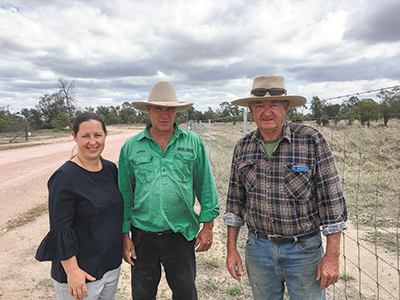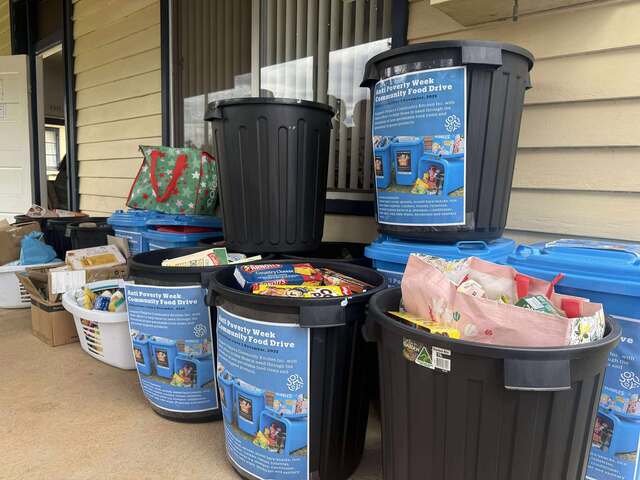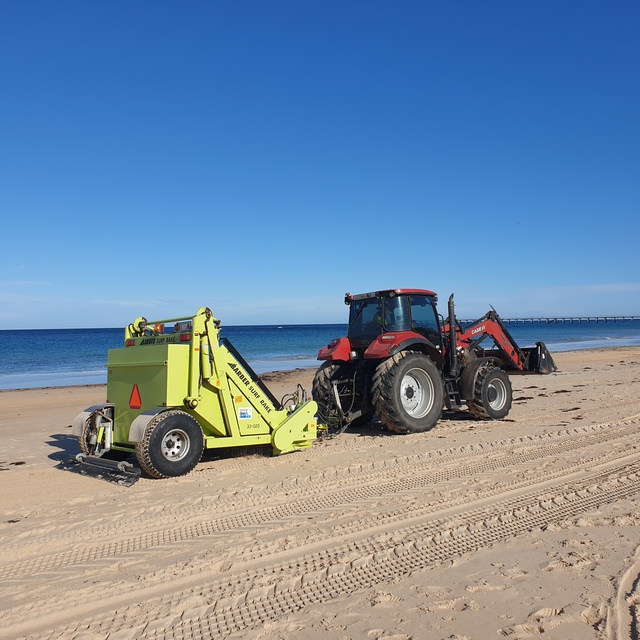A third round of funding has been announced for exclusion fencing clusters across the Goondiwindi region as part of the Queensland Government’s Feral Pest Initiative, aiming to reduce the impacts of pest animals and weeds.
The announcement follows the success of the first two rounds of cluster fencing in the region. To date, 465 km of exclusion fence have been erected in cluster groups across the region, enclosing over 150,000 hectares of land.
Wild dogs and feral pigs are listed as priority pests in the Goondiwindi Regional Council weed and pest plan as well as the regional natural resource management (NRM) plan.
Bill Cranney was the co-ordinator for the Bendidee forestry cluster group.
His property, Dunworrie, is one of 12 inside the cluster that received funding during the second round of the program.
“It’s well worth doing. It’s a great initiative for the region as a whole.
“We are confident the area within the cluster fence is now free of wild dogs, which is a huge win.
“Our role going forward is for everyone in the cluster to work together to implement control programs targeting feral pigs as well as maintaining the fence to keep pests out.”
The new exclusion fencing has also provided some producers within the cluster with the confidence to restock with sheep and Mr Cranney said he hoped the landholders inside the cluster would see an increase in the value of their country.
Martyn Morrissy recently purchased property inside the Bendidee forestry cluster group and converted a previously cattle run property to sheep.
“The existence of the exclusion fencing was a major selling point in purchasing.
“To be able to walk onto a property that is already free of wild dogs and has quality exclusion fencing reduces future capital and operating expenditure.”
As more clusters develop throughout the region, there is greater opportunity for other producers to link with the current fences, creating a much wider area of productive country.
“The work doesn’t stop when the fence goes up,” said Mr Cranney.
“That’s just the start of it. Everyone has to do their bit to maintain the barrier and control the pests inside the fence.”








